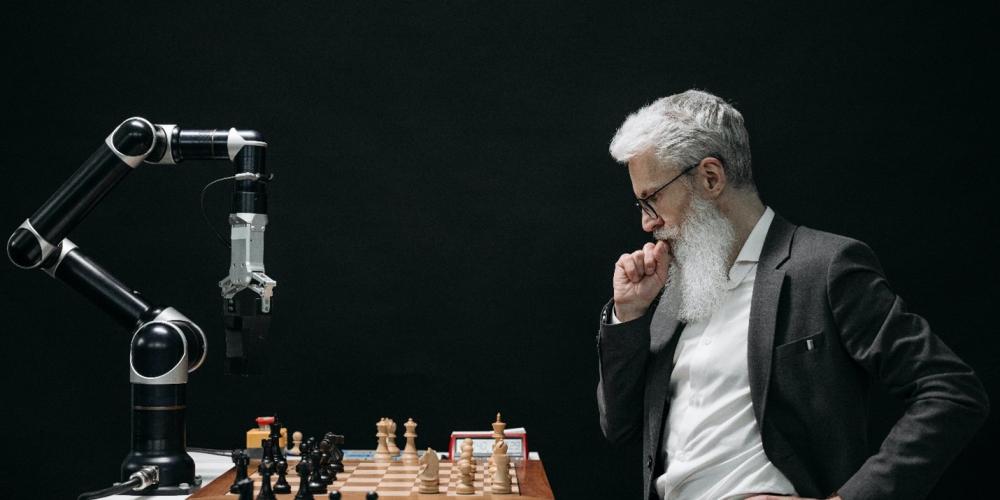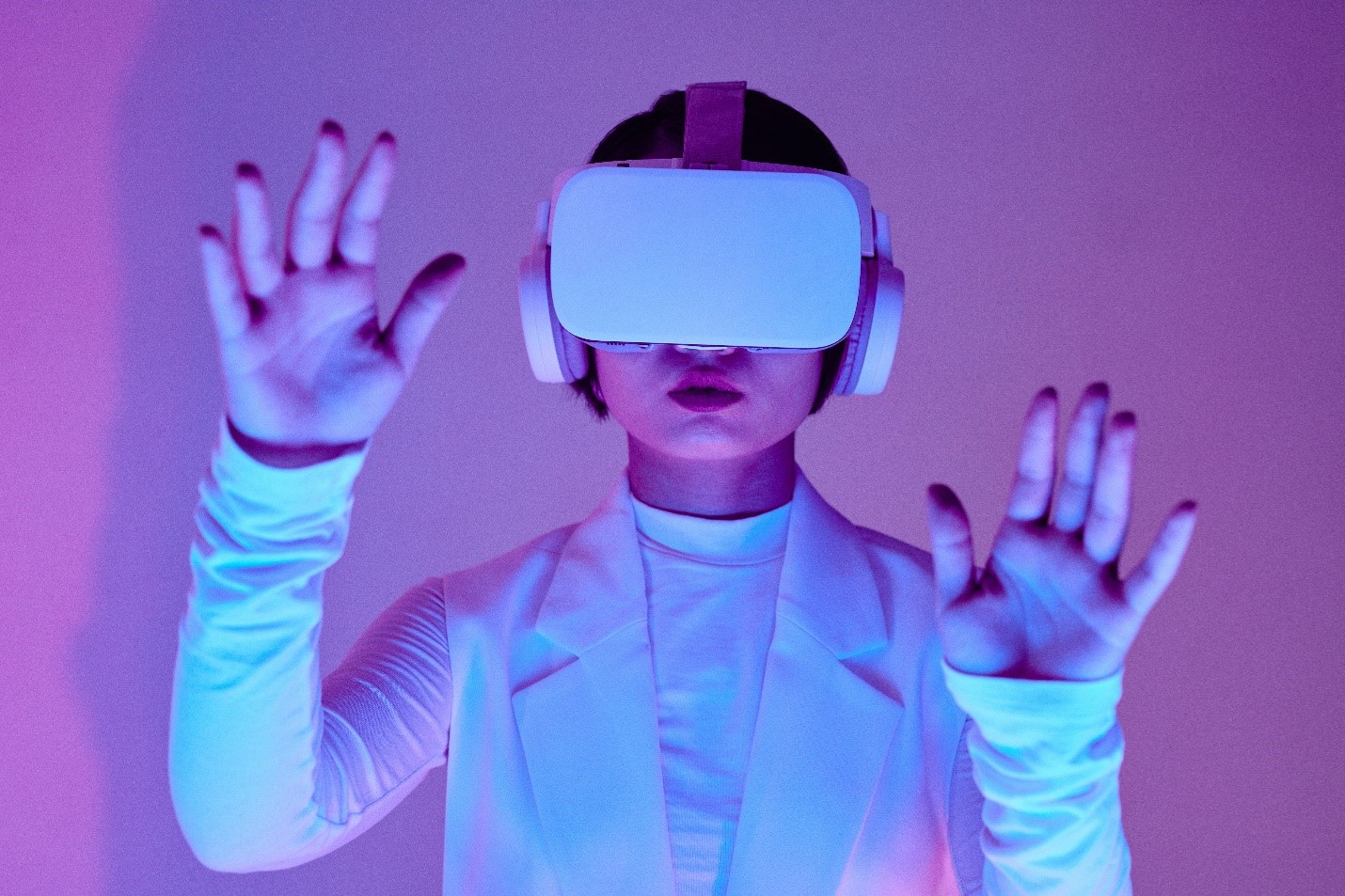Using AI to Generate Ads

Artificial intelligence (AI) has come a long way in recent years, and it has the potential to revolutionize the way we do many things, including writing. Using AI to write a blog post can have several benefits, including increased efficiency and the ability to generate high-quality content in a short amount of time.
One of the most significant advantages of using AI to write a blog post is the increased speed and efficiency it offers. With AI, you can quickly generate a rough draft of a blog post in a matter of minutes. This can be especially useful if you need to produce a large volume of content in a short amount of time.
Another benefit of using AI to write a blog post is the improved quality of the content it can produce. Many AI systems are trained on large amounts of data, which allows them to understand the nuances of language and write in a way that is natural and engaging. As a result, the content generated by AI can be just as good, if not better, than content written by a human.
One potential downside of using AI to write a blog post is the cost. While there are many free and low-cost AI tools available, some of the more advanced systems can be expensive. However, the cost of AI technology is likely to decrease over time, making it more accessible to a wider range of users.
Do you agree? Will you change your mind knowing that up until this sentence, this blog was written by an AI program?
We used ChatGPT, an AI text generator created by OpenAI. Open AI is a research and deployment company that focuses on the development of artificial intelligence to benefit humans. As you can see from the first few paragraphs, ChatGPT can write a well-formulated body of text. However, it does have some downsides. Even OpenAI itself says that there are a few things to be mindful of when using their application: potentially inaccurate information, potentially harmful content and limited knowledge are all factors to consider when using it to generate content. There’s also the fact that the site is often unavailable due to the number of people using it at one time.

What is AI and How Does it Work?
The definition of artificial intelligence has been evolving over the past few years, but the easiest way to sum it up is the creation of smart computers and smart computer software. The intelligence level is on par with being able to problem solve, create art, and otherwise offer solutions based on data and machine learning. Essentially, it learns by processing large amounts of data and putting it through algorithms to find patterns. It will then gain experience from that and apply it moving forward.
While AI isn’t “new” there have been major advancements in recent years. Using artificial intelligence helps to produce results with fewer errors and can work for longer periods. However, it also has its shortcomings: it works more linearly and doesn’t always have the complexities, nuances, and context that humans do such as the reasoning behind colour choices and the understanding of copyright.

Using AI for Advertising
Even in the simplest of forms, Alexa alone has over 100,000 skills. If Alexa can help the average person in their everyday lives, imagine what could be accomplished in a business setting.
In a survey by PWC, 56% of participants wanted to fully integrate AI within their businesses. Of all the reasons listed, the most common reason was to increase productivity.
As shown in the previous section, AI can have great writing skills. It can write simple and easy-to-digest copy appropriate for ads. However, there isn’t any advertising-specific AI program that is equipped with factors like Facebook Ad policies, clever puns, or copyright laws engrained in them.

Copyright and Legalities
Copyright has always been a complex situation. Take the famous case of Naruto the monkey, in which a monkey took a photo of itself and sparked an entire controversy over who owned the photo or if it was part of the public domain. The same idea applies to AI: Who owns the final product?
According to CBC, several artists are finding AI-generated content being created in their style. While it’s hard to trademark a specific aesthetic in the sense that it’s like trying to trademark a genre of movie, some have seen their actual artwork appear in these generators. However, the idea isn’t that the generator took someone’s image and reposted it. The idea is that the image is made by categorizing different pictures and stitching them together, but for whatever reason, the images generated sometimes already exist. It’s causing such a stir that artists are sharing images of their protest against AI-generated images online. One artist cites the fact that this is solely affecting artists who create images; musicians aren’t going through the same experience.
As The Washington Post put it, technically what’s happening is legal. Absorbing and learning from the images is legal because of research rights and the nature of certain things. However, monetization is more of a grey area: they charge for using a tool that generates a new image instead of having access to a major art database.
If this is the case, technically, using AI-generated art for advertisements is legal if it’s owned by the advertiser, but it’s a technicality that hasn’t been confirmed and could change. If it does change, it would not just affect future ads that use these images, but it could affect brands that used them in the past.
While AI is a fantastic way to fast-track projects and produce nearly error-free content, there are a lot of nuances and context-based issues that come with it. Using AI to help with everyday tasks is a fantastic way to use the technology, but we still should have humans look it over to ensure it doesn’t violate any rules or regulations.
If you’re considering running an advertising initiative with AI but aren’t sure if it’s right for you, feel free to contact us at https://kingstarmedia.com/contact.

